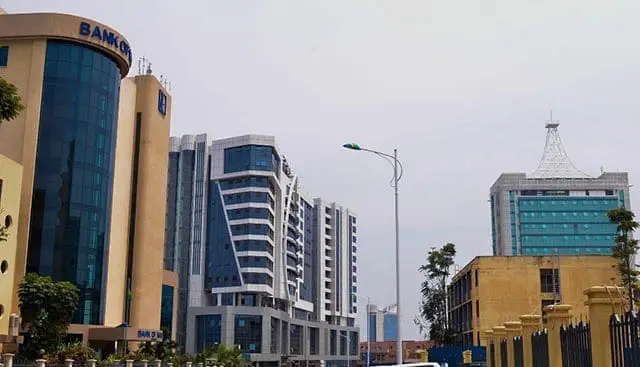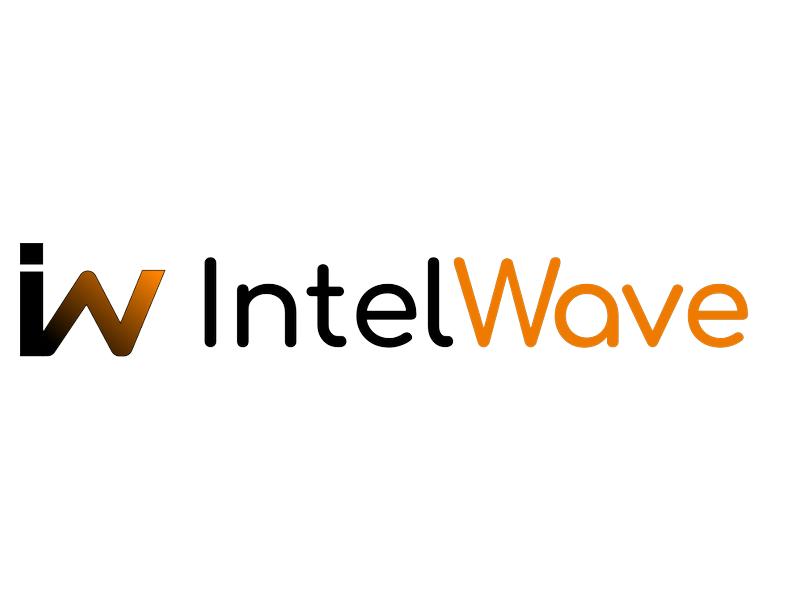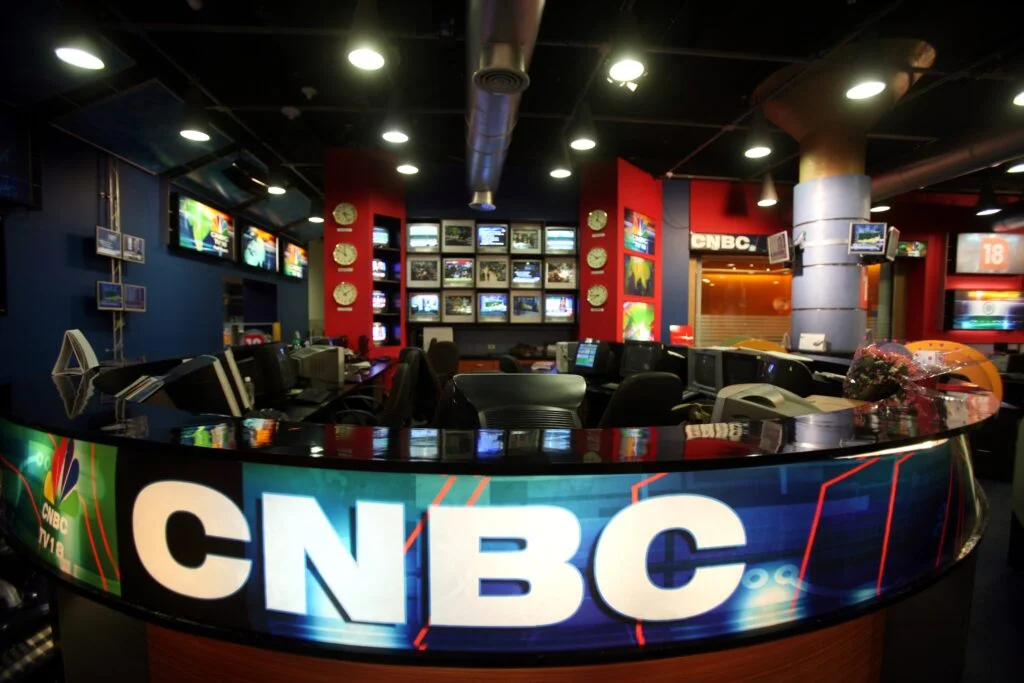Copyright ghanamma

Ghana’s private sector business conditions improved in October 2025, reversing the downturn experienced the previous month, according to the latest Purchasing Managers’ Index (PMI) data released by S&P Global. The S&P Global Ghana PMI rose to 50.3 in October from 49.8 in September, moving back above the 50.0 threshold that separates expansion from contraction. The index measures monthly changes in business conditions across the private sector, with readings above 50 indicating improvement. Business activity returned to positive territory for the first time in four months, though the expansion remained marginal. The recovery came as companies reported stronger customer demand, partly driven by price reductions that made products more affordable to consumers. New orders grew for the ninth consecutive month, with the pace of expansion accelerating compared to September. This sustained demand encouraged firms to increase their purchasing activity and build up inventory holdings, extending stock accumulation to just over a year. Employment continued to rise solidly, marking the ninth straight month of job creation. Companies cited success in filling previously vacant positions and the need to handle increased business activity. However, the pace of hiring slowed to its weakest since April. Price dynamics showed a benign inflation environment persisting across Ghana’s private sector. Output prices fell for the sixth month running as firms offered discounts to customers. The decline in selling prices was marginal and represented the softest reduction in the current sequence. Input costs rose only slightly during October, with both purchase prices and staff costs increasing at slower rates than September. Wage inflation eased to match its joint weakest level since February 2021, equaling the rate seen in August 2023. Exchange rate movements produced mixed effects on costs. Some respondents indicated that currency fluctuations added to their expenses, while others reported that cedi appreciation enabled them to reduce purchase prices. The net result was marginal overall cost inflation. Suppliers continued to deliver inputs quickly, with delivery times shortening markedly. Companies attributed this to strong vendor relationships that ensured timely fulfillment of orders. Despite the positive developments, business confidence dipped to a six month low in October. Nevertheless, optimism remained strong, with 77 percent of respondents predicting output increases over the coming year. Firms cited expected new order growth and hopes for exchange rate and price stability as key factors supporting their outlook. Andrew Harker, Economics Director at S&P Global Market Intelligence, welcomed the return to growth. He noted that while the expansion was only marginal, it hopefully sets the tone for further improvements through the remainder of 2025 as new orders continue rising. Harker emphasized that firms benefited from the favorable inflation environment but added that some panelists expressed desire for exchange rate stability. Such stability would help keep costs predictable and provide greater certainty about future demand conditions. The PMI survey collected data from approximately 400 private sector companies between October 9 and 29, 2025. The panel is stratified by sector and company size based on contributions to gross domestic product.



